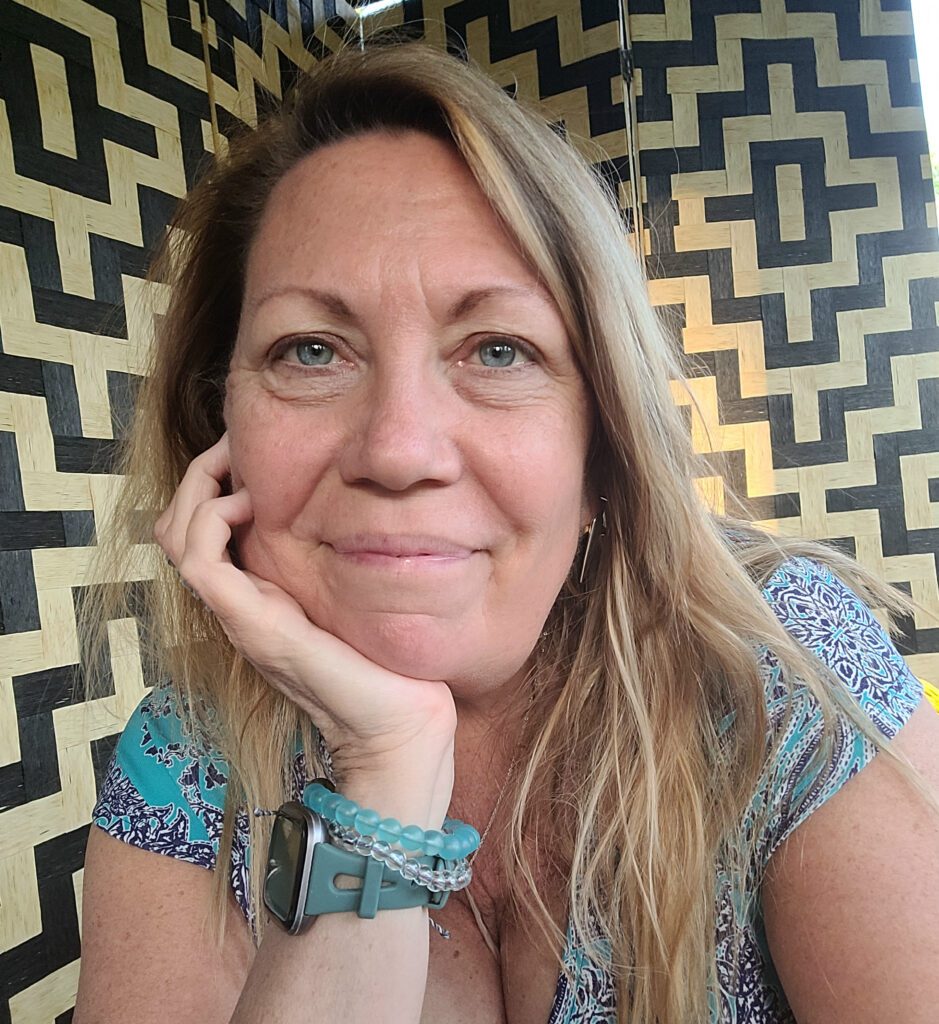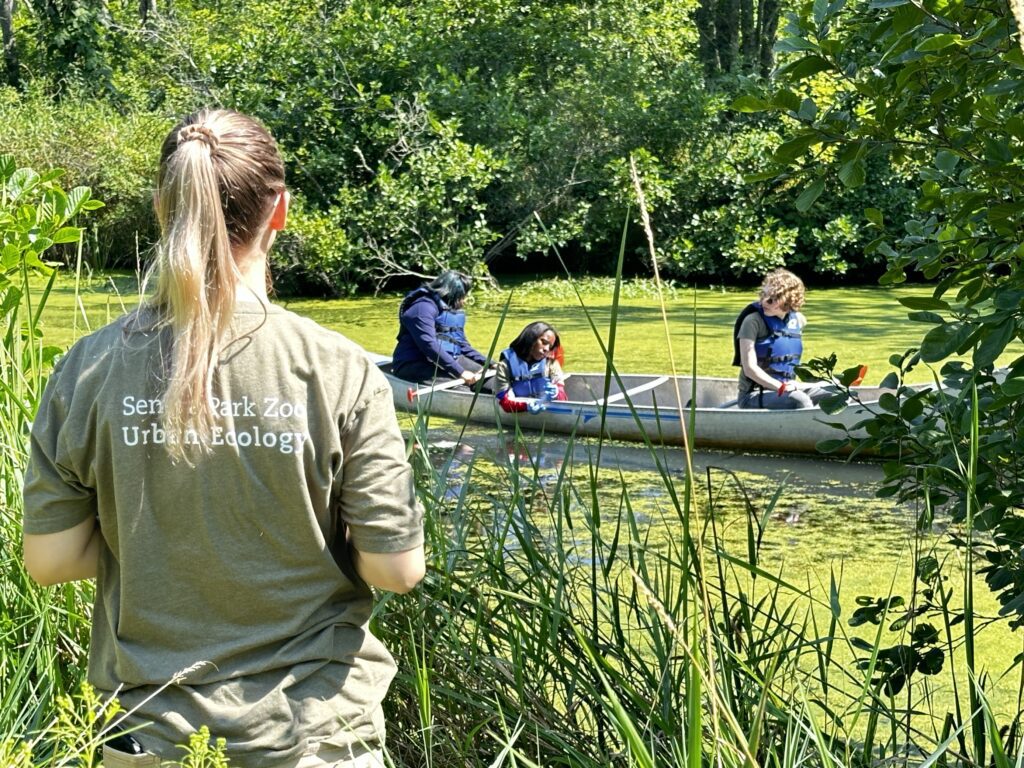
David Hamilton, General Curator at Seneca Park Zoo, has been involved in otter conservation for decades. David is a leading expert on North American river otters and has been the studbook keeper
for the Association of Zoos and Aquariums North American river otter SSP (Species Survival Plans®) and Small Carnivore TAG for more than 25 years. An Association of Zoos and Aquariums (AZA) Taxon Advisory Group (TAG) focuses on understanding the
conservation and care needs of specific groups of animals. They provide advice on how to manage and protect these animals in zoos, aquariums, and in their natural range. Think of it as Match.com for otters.
Each TAG helps plan and monitor programs that support animal populations and conservation efforts. They work with the Animal Population Management (APM) Committee and oversee programs like Species Survival Plans® (SSP) and Studbooks, which track animal populations. TAGs also collaborate with other organizations around the world to promote and support animal conservation and research.
The purpose of an Association of Zoos and Aquariums (AZA) Regional Studbook is to document the genetics and entire demographic history of each animal within a managed population among AZA member institutions. These collective histories, compiled and maintained by AZA Regional Studbook Keeper, like David, are known as the population’s genetic and demographic identity and are valuable tools to track and manage populations. The current North American river otter studbook was started by Hamilton in 1999, and otter populations can be traced back to the 1880s. Historically done on paper, studbooks are now modernized and use software to manage.
The goal of all this work is to ensure that the population of North American river otters in AZA zoos is genetically and demographically diverse. This is extremely important to guarantee a strong future for the species. To put it simply, if all otters shared
the same genetics they are essentially copies or close to copies of themselves. And if those genes carried traits that were not advantageous, such as poor
eyesight or susceptibility to a virus, all those
otters would then have the same physiological
adaptations, putting the entire population
at risk.
So how do we determine that the otters that
were reintroduced to Western New York are
genetically diverse and not related? Their
genomes are sequenced. When the River
Otter Project was active in the mid-nineties,
genetic testing was wildly expensive and took
years, making it out-of-reach for most zoos
and conservation organizations. When the
280 otters from the Adirondacks and the
Catskills were relocated to Western New York,
scientists were hopeful the population had
enough genetic diversity to create a healthy
and population.


In the following two decades, genetic testing costs plummeted, and sequencing could be completed in days if not hours, making sequencing accessible to conservation organizations and academic institutions. In late 2018, David Hamilton, along with Larry Buckley, RIT Senior Associate Dean, College of Science, set out to determine the genetic diversity of the North American river otter populations in Western New York and throughout AZA zoos. For Western New York, otter DNA was taken from road carrion, bycatch, and conservation capture, and then
sequenced. What we learned is that the population is quite diverse, even thirty years after reintroduction. This is likely the third generation of otters who originally came from those 280 reintroduced to our region. Hamilton and Buckley’s work recently expanded to include multiple natural ranges and AZA zoo locations across the country.
It appears this healthy, genetically diverse North American river otter population is here to stay.
Written by Beth LaPierre, Director of Communications and Engagement.























